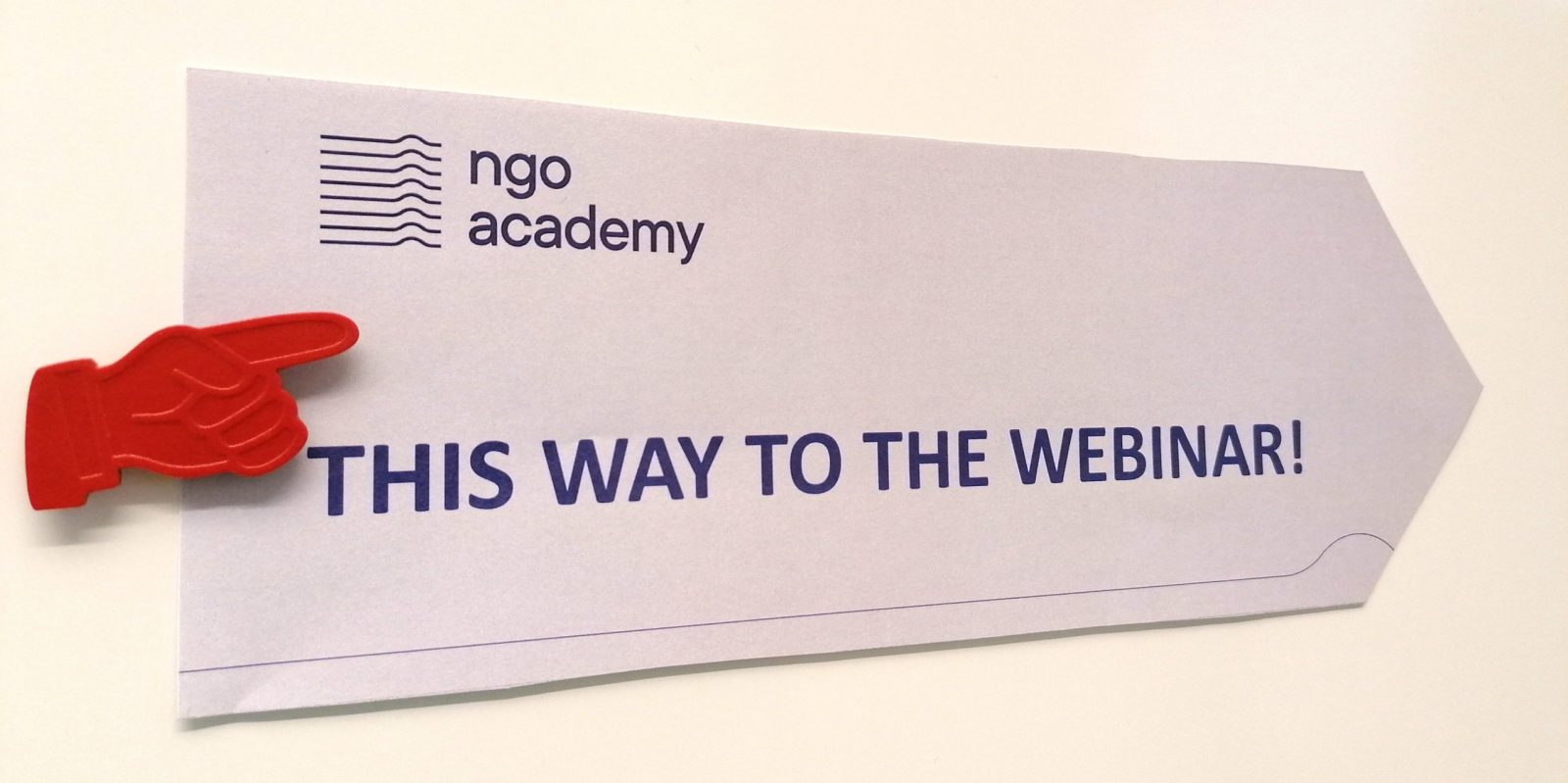December 2020. Eight months of a worldwide pandemic, but also eight months and twenty-one webinars in the Regional Programme, as well as two digital Social Innovation and Management Programme modules later. The ongoing situation around COVID-19 forced the NGO Academy team to quickly adapt their programmes to new surroundings. Today we would like to use this opportunity to reflect on learnings and new ways of providing capacity building opportunities to CSOs and Social Businesses.

